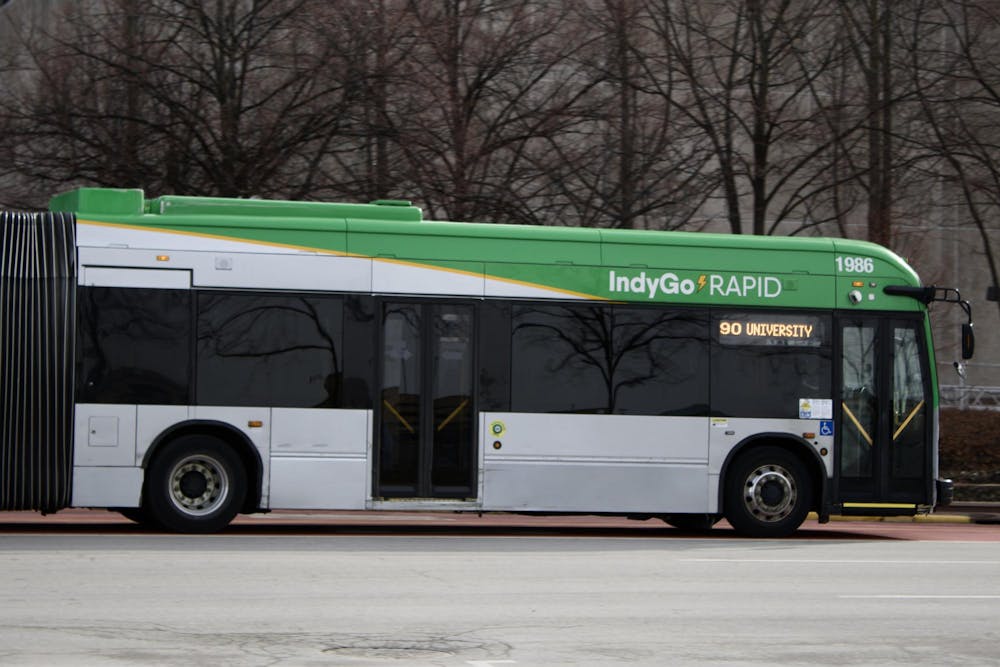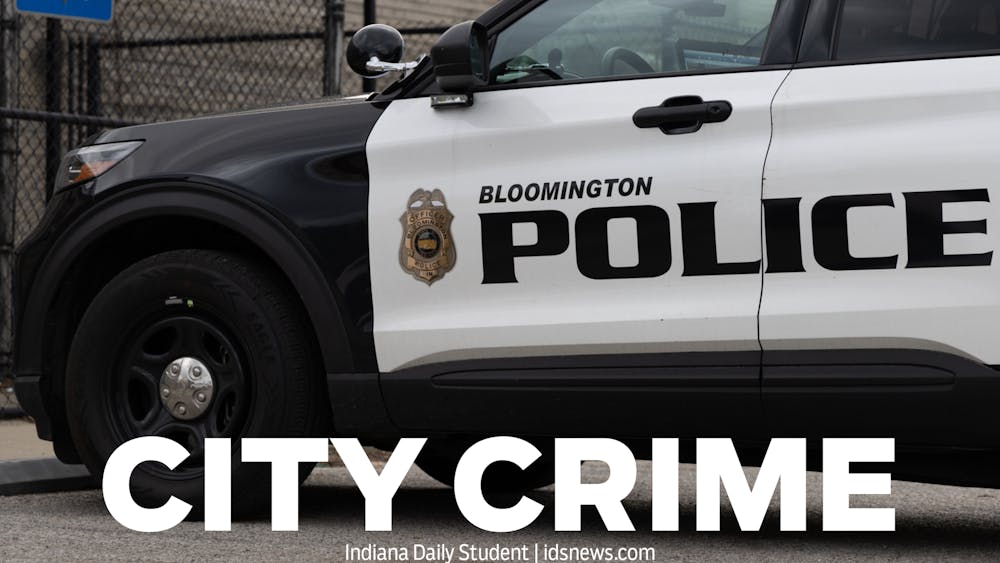In the suburban town where I grew up, the only way to get anywhere was by car. Sure, you could walk if you wanted to, but only some neighborhoods and streets had sidewalks and everything was too far apart. Walking anywhere other than next door became a huge inconvenience. Since coming to Bloomington, I have been amazed at not only the presence of sidewalks but also the public transport system.
There are many benefits of public transportation. According to a study by the American Public Transport Association, traveling by public transportation is ten times safer per mile than traveling by automobile. The study also found that communities that invest in public transit reduce the nation’s carbon emissions by 63 million metric tons annually, and 87% of trips on public transit have a direct impact on the local economy.
Unfortunately, public transport in Indiana has fallen under attack. This congressional session, Senate Bill 52, a bill that would outlaw the construction of dedicated bus lanes throughout the state, passed in the State Senate despite Marion County voters’ longstanding support for public transport.
In 2016, 59% of Marion County voters supported a referendum plan to build three bus rapid transit lines, as well as other more general improvements to the existing bus service. In 2021, an AARP survey found that the county’s registered voters continue to adamantly support transit expansion, as well as the city’s public transportation agency, IndyGo. According to this survey, a staggering 87% of registered voters over the age of 18 believe that it is extremely or very important to have IndyGo available in Marion County.
The survey also showed that 88% of those registered voters support infrastructure improvements necessary for the expansion of bus rapid transit, such as sidewalk repairs, crosswalk improvements, bus stops and more. Furthermore, 74% of the surveyed voters supported dedicated bus lanes and level-boarding stops, exactly what Senate Bill 52 seeks to ban at least until 2025.
According to a 2017 study, 88 out of 99 neighborhoods and over 26,000 Marion County residents rely on public transportation. Around 75% of riders are traveling for work; the remaining 25% rely on transit to access health care, shopping and social activities, all vital aspects of a thriving downtown economy. Two out of three riders have a household income less than $35,000 a year, which makes public transit opportunities all the more important. This study was able to conclude that transit in Indianapolis promotes economic mobility in areas of need, social mobility to some groups in need and an affordable transportation option to people in need.
Indianapolis has an opportunity to embrace the benefits of public transportation and make it more accessible to its citizens by allowing IndyGo to make the necessary infrastructure adjustments that make public transit in Indianapolis possible.
So why is our Senate so opposed to public transport? The lawmaker who proposed this bill, Senator Aaron Freeman, has some valid concerns, specifically regarding the effectiveness of IndyGo, which certainly has its flaws. From driver shortages to ticketing problems, the transit system has had its fair share of complications.
IndyGo is far from perfect, but the thousands of people who rely on it make it worth protecting. At the end of the day, it's a flagrant injustice to put the thousands of Indianapolis residents who rely on public transit for daily life on hold, while simultaneously expecting IndyGo to resolve its issues completely unassisted or even opposed by the local government. Perhaps the issues facing IndyGo mean the public transit system needs more support from our elected officials, not less.
Embracing public transit in Indianapolis would allow more people to travel efficiently and safely while minimizing negative impacts on the environment. Additionally, public transportation creates a variety of economic opportunities for businesses located near the routes, not to mention the jobs that are created in the construction and upkeep of the transport system.
But it's not just IndyGo that’s targeted by this bill. Attacks on public transit have the potential to affect everywhere in Indiana, including our local public transport. Senate Bill 52, if passed, would prohibit public transportation projects from including one or more dedicated lanes for the exclusive use of public transportation vehicles. This includes Bloomington's proposed Green Line, a rapid transit line connecting the city’s east and west sides. The system would deliver services including busways, traffic signal priority, off-board fare collection, elevated platforms, enhanced stations and dedicated lanes.
It’s also important to note that Bloomington Transit’s Board of Directors approved the plan, Transform BT, to guide decision-making and implementation over the next five to seven years. Bloomington City Council unanimously in favor of this expansion of services to Ellettsville and other parts of Monroe County in August of 2023. It's unclear how this expansion will be affected by House Bill 52, should it become law.
It is the responsibility of the elected to listen to their constituents. When it comes to public transportation in Indianapolis, the data is clear — the people have overwhelmingly thrown their support behind public transportation and its expansion. It's time that our legislature followed suit.
Ainsley Foster is a sophomore studying elementary education.






